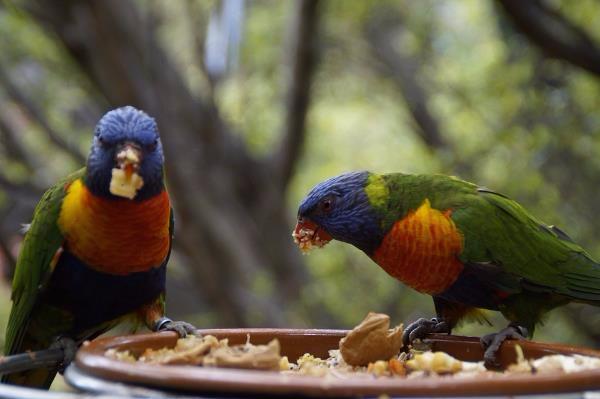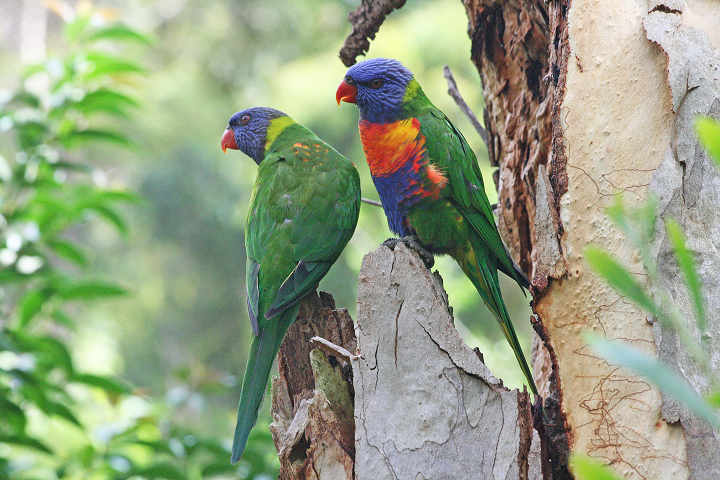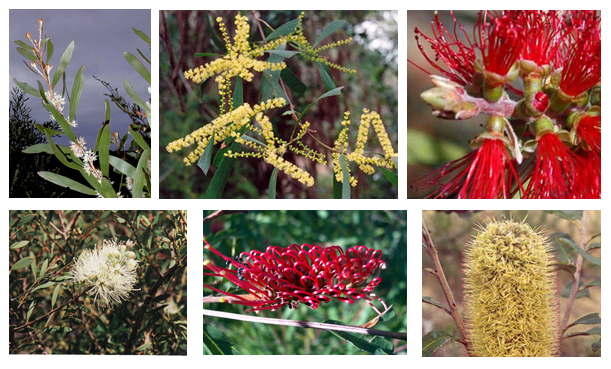

Feeding Native Wildlife: Create a Bed & Breakfast in your backyard
We’re incredibly lucky to have a wide variety of magnificent native wildlife living right on our back doorsteps – Ringtail and Brushtail Possums, Sugar-gliders and Echidnas, as well as vulnerable species such as the Grey-headed flying-fox and Powerful Owl. Let’s not forget the colourful native birds that brighten up our skies, including Sulphur-crested Cockatoos, Crimson Rosellas, Australian King-Parrots, Rainbow Lorikeets, Laughing Kookaburras, Tawny frogmouths, Currawongs and Magpies.
With such an abundance of wildlife in the Shire, it's not uncommon to come across the odd visitor in your garden and be tempted to feed and interact with it. Unfortunately, feeding on a one-off or regular basis human or ‘convenience’ foods, such as bread, commercial seeds, fruit and honey, to native birds and animals can lead to:
- Serious illness and shorter lifespans in wildlife
- An unhealthy reliance on humans for food
- Imbalances in populations over time i.e. increases in more aggressive species such as Mynas, Magpies, Ravens and Rainbow Lorikeets to the detriment of less assertive birds like the timid Scaly-Breasted Lorikeet.
Feeding responsibly
You can feed the local wildlife naturally with sustainable food sourced straight from your garden and create an enticing bed & breakfast for our animals.
- Grow native trees and shrubs as these provide valuable habitat and a nutritious food source for birds, possums and vulnerable native species such as the Grey-headed Flying-fox.
- Plant flowering trees such as acacias, hakeas and melaleucas. Other excellent food sources include colourful banksias, bottlebrushes and grevilleas.
For more advice on the best species to plant in your area, use Council’s Native Plant Selector or visit our plant nursery.

Native flowering trees and shrubs provide a sustainable and natural food source for wildlife. ; Pictured (left to right): Broad Leaf Hakea, Sydney Golden Wattle, Crimson Bottlebrush, Deane's Honeymyrtle. Long Leaf Grevillea, Banksia
Not a green thumb?
If gardening is not your forté or you simply lack the time or space, there are some alternative ways you can attract wildlife to your garden.
- Provide a birdbath or small pond to encourage birds ‒ you may even entice a few friendly frogs! Birdbaths are a great way to attract birds and other animals and can provide essential relief and a source of fresh water on days of extreme heat or drought. Just make sure these are placed in a secure part of your garden, where they cannot be reached by young children or pets.
- Nest and possum boxes are another fantastic way to attract wildlife and encourage them to stay by offering a safe alternative habitat to natural tree hollows. Possum boxes can be purchased at our plant nursery or learn how to build one.
Useful Links
- Community Nursery - Supplies stock for landscaping and revegetation works.
- Greenweb Program - Get advice on the most suitable native species to plant on your property.
- WIRES wildlife menu - Enjoy wildlife without feeding.